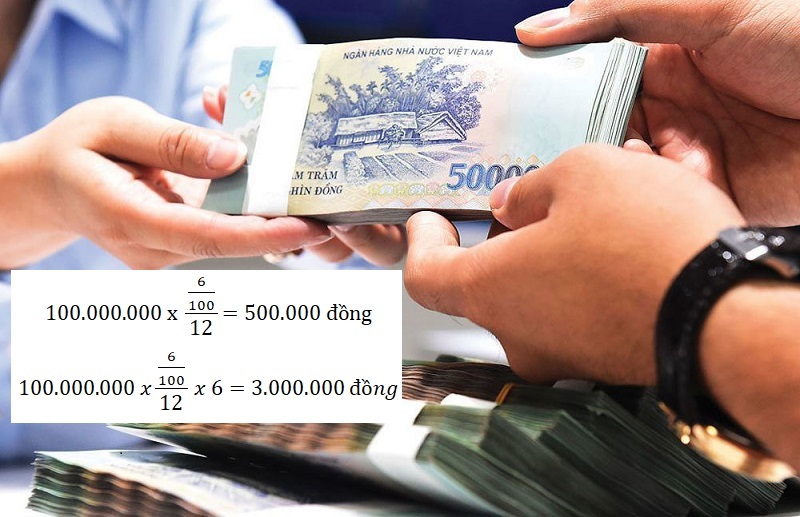Android One – Google’s forgotten operating system
However, less than a decade ago, the difference in user experience between low-end and high-end smartphones was huge. The first few generations of low-cost smartphones were particularly bad due to their inefficient processors and cumbersome software.
In 2014, Google launched Android One operating system to solve that situation. The result is a “clean” version of Android, which comes with hardware guidelines to ensure a great user experience.
However, eight years later, this program of Google seems to have “frozen”. What happened to Android One?

Looking back at the development of Android One
Dozens of low-cost brands have sprung up as smartphones grew in popularity in the 2010s. Unfortunately, not all of them can deliver a good enough user experience. The early cheap smartphone models mostly had low-quality hardware and many “junk” applications. They have tarnished Android’s image as a premium operating system.
Android One was developed by Google to solve that problem, mainly by removing all the unnecessary extras that are built into the stock Android operating system. This is a notable factor at a time when every smartphone brand tries to build a distinctive interface, but often with little success.
As usual, Android One has gone through a few revisions. While the original goal was to solve the problem of the low-end segment in the market Like India, Google has expanded the program to other markets like the US and Japan, with mid-range models like the Nokia 5.4 and Moto One Action.
With such goals and potential, the status quo of Android One is very different. Anyone who now visits the Android One website will find that the content on it is out of date. The website still advertises Nokia 5.3, a phone launched in 2020 and running Android 10 – two generations lower than the current version. Other models listed like Motorola’s Moto One Action have also been on the market for a long time.
More notably, Motorola discontinued all Android One-powered devices and consolidated the One brand for its own line of phones. This isn’t the only case: companies like Xiaomi, Sharp, Infinix and Kyocera haven’t shipped Android One devices in years.
As for HMD Global, the company’s commitment to reviving the Nokia brand focuses on “clean” software, which is secure, and provides prompt operating system updates. But the company’s product lines show that it hasn’t advertised Android One as a feature since 2020.
What happen?
No one knows much about Android One as Google has not made any official statement about the program. But some experts say that Google’s strict control of the industrial design as well as the software of every device running Android One is a main reason. Google only allows manufacturers to preload five apps, including those requested by them. And all these applications have to “pass through” Google.
While the above restrictions make sense in 2014, that level of control has become a barrier to creativity. When both the hardware and software between a Moto, Nokia or Xiaomi phone are essentially the same, they won’t be able to impress consumers.
Operating system update commitments are also worth discussing. Although HMD Global tried to ensure updates for the first and second generations of products, that commitment quickly disappeared. In fact, very few Android device manufacturers are able to consistently deliver quick software updates – something that’s hard to pinpoint why.
Another factor to consider is Google’s launch of its own line of low-cost Pixel phones. Starting with the Pixel 3a, these smartphones have been well received by the market for their combination of quick updates, top camera quality, and reasonable prices. Those Pixels competed directly with mid-range Android One devices, leaving users with little reason to choose products under this program.
Undeniable impact
However, experts say that Android One has achieved the set goals. Thanks to this program, Xiaomi, Realme and many other brands have invested considerable resources in “cleaning”, improving and enhancing the interface of their software. Ads are reduced or completely removed. Users can shrink or remove pre-installed applications, while the quality of the hardware skyrockets. Companies even commit to updating the operating system quickly and for many years – a rarity before.
Google also seems to have turned to even more affordable hardware with its Android Go initiative. This stripped-down version of Android is designed for their first low-cost smartphone: the JioPhone released by India’s Jio mobile carrier.
Despite being “deathed” in a not-so-glorious way, it cannot be denied that Android One has contributed to establishing a better user experience on budget smartphones and solidifying the way for future low-cost devices.
at Blogtuan.info – Source: vtc.vn – Read the original article here


